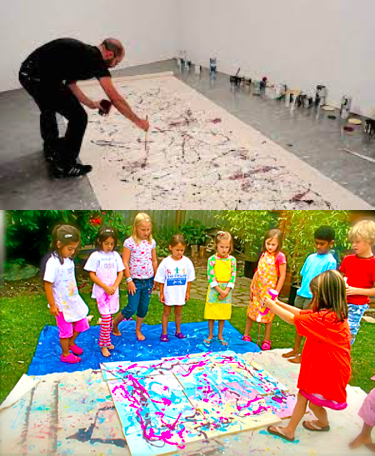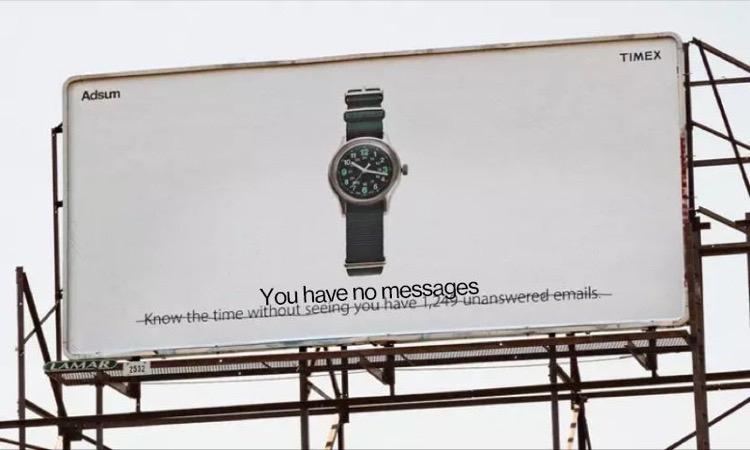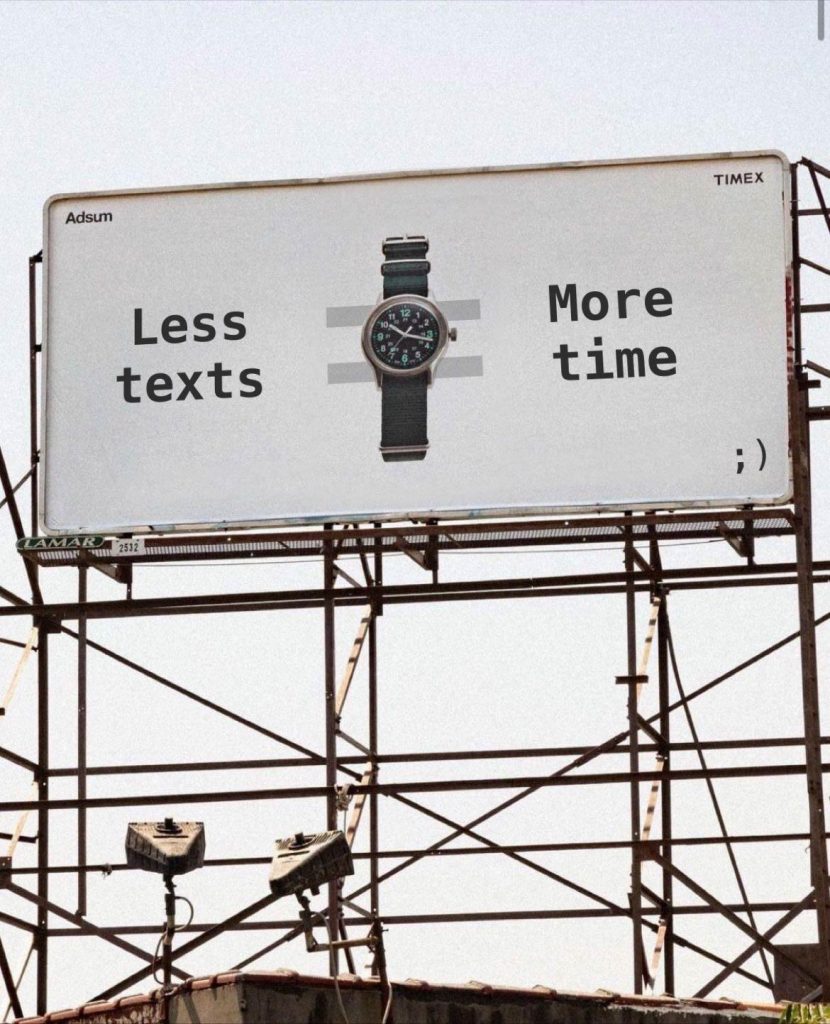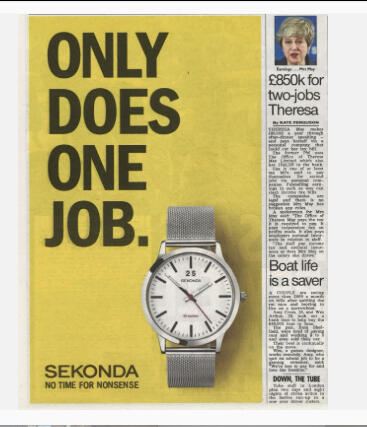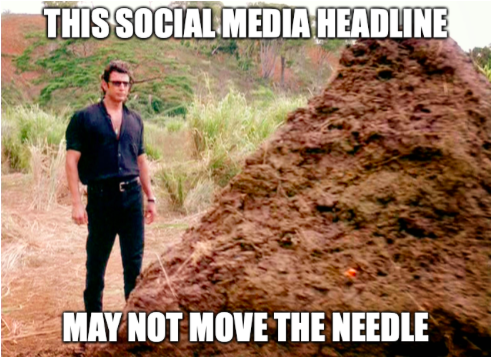David Abbott Podcast Episode 6

This is the sixth episode of my series of podcasts about the great David Abbott.
This one is called ‘David’s Department’ and explores what it was like to be a creative working under David.
I’ll link to the episode here, but you can also find the whole series on Soundcloud.




